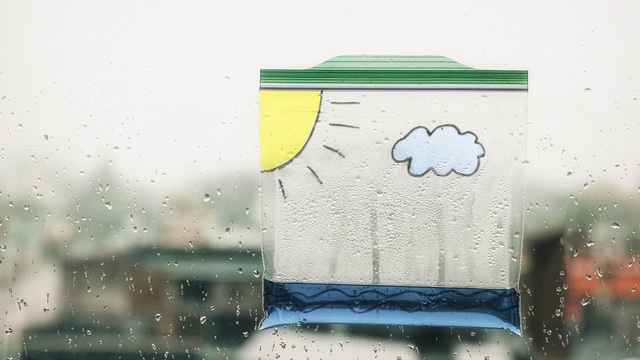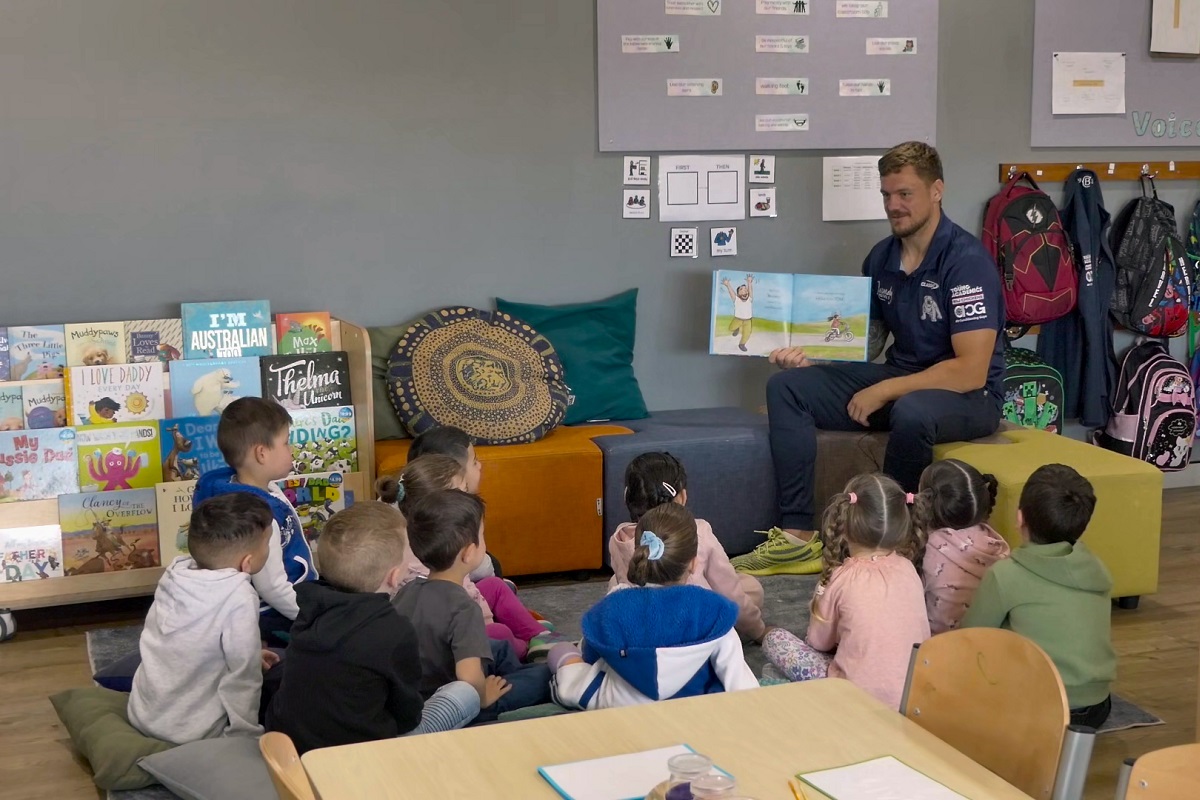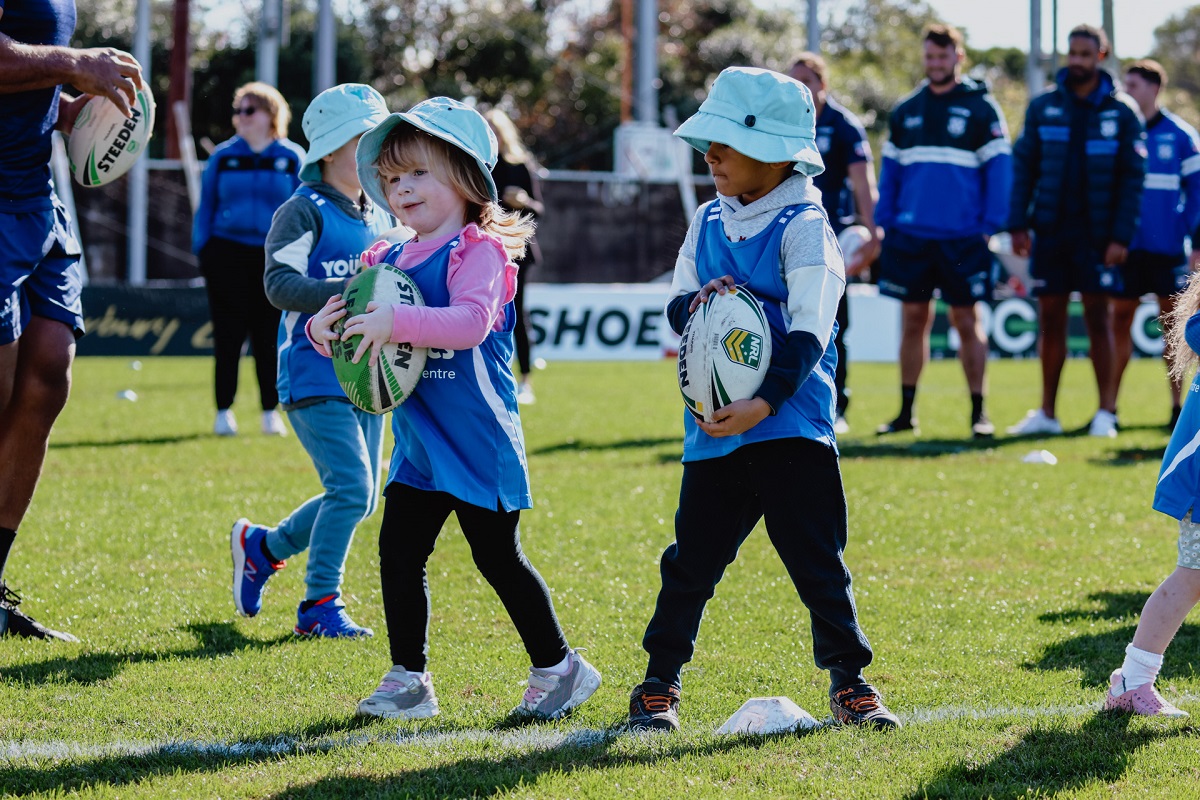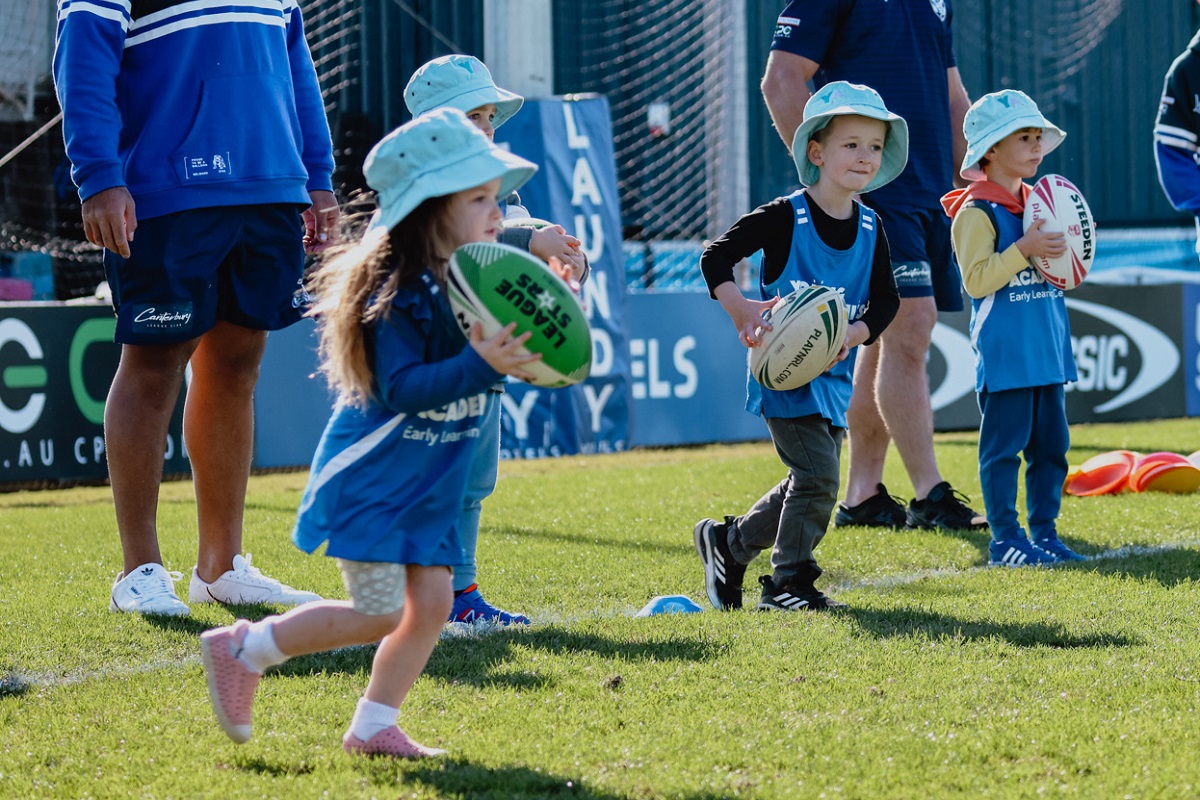Everyone loves to participate in a science experiment, especially when it’s this exciting! This activity can help teach your preschool-aged children about the water cycle, answering questions like "Why does it rain?" and "How are clouds formed?"
What You’ll Need
You will need a few common household items to create your water cycle display:
-
Plastic zip-lock bag
-
Permanent marker
-
Water
-
Blue food colouring
-
Clear Tape
Instructions
Step 1: Decorate your bag
Before you do anything else, decorate your bag!
Use a permanent marker to draw a sky in the upper half of your plastic bag. Include clouds and the sun, as they are important elements to the water cycle.
Step 2: Prepare the water
Next, fill a cup with regular tap water. Then add a couple of drops of blue food colouring to make it stand out. Swirl the cup of water a few times to mix the colouring until it’s a nice, solid blue.
Now, carefully pour the water into the plastic bag and zip it closed. Make sure it’s nice and tight! You don’t want any water to escape.
Step 3: Hang up the Bag
Once your water has been added to the bag and it’s sealed, it’s time to hang it up on a window! Pick a window that gets a lot of sunshine for best results. Cut two long pieces of tape and stick them to the corners of your bag. Then, press the tape tightly to the window – you don’t want your bag to fall down!
Step 4: Wait and Observe
Wait a couple of hours and check on your experiment. You should see a change in your bag between two hours to one day later.
Eventually, you will begin to see droplets of water sticking to the side of the bag. Some of these will be up high (in the clouds) while other droplets will be on their way back down (like rain).
Why is this happening?
This cool experiment demonstrates what happens when water is exposed to heat and condensation, upon being placed at a sunny window. As this happens, the water turns into a gas, through a process known as evaporation. In nature, evaporated vapour goes into the atmosphere, but in our bag, it has nowhere to go, so it ends up sticking to the sides of the bag, turning it back into a liquid through a process called condensation. The condensed water then slides back into the pool of water below as “rain”.
Keep checking back on your experiment a few times a day, or anytime it’s sunny to see the water cycle progress!



 BACK
BACK



